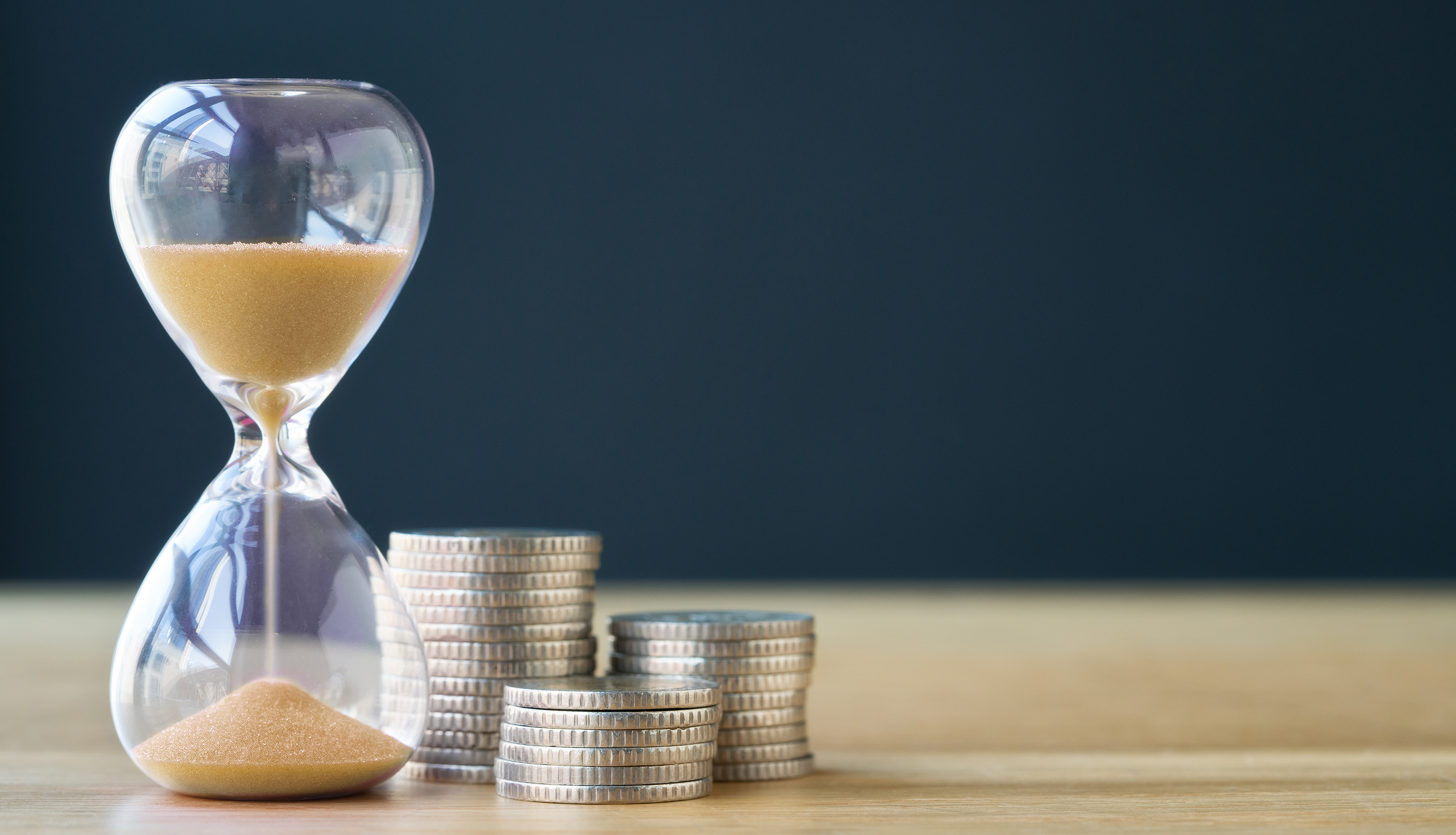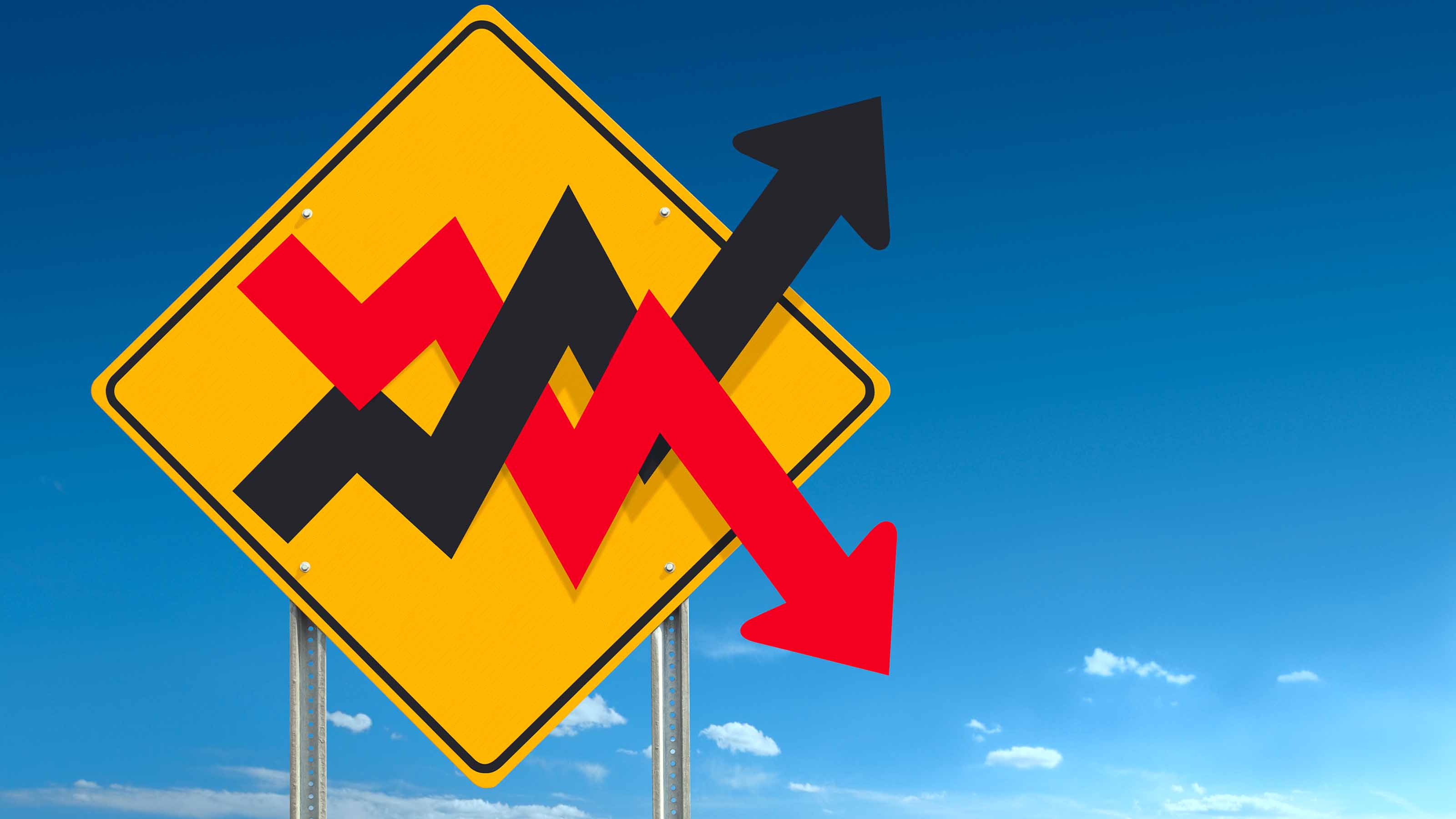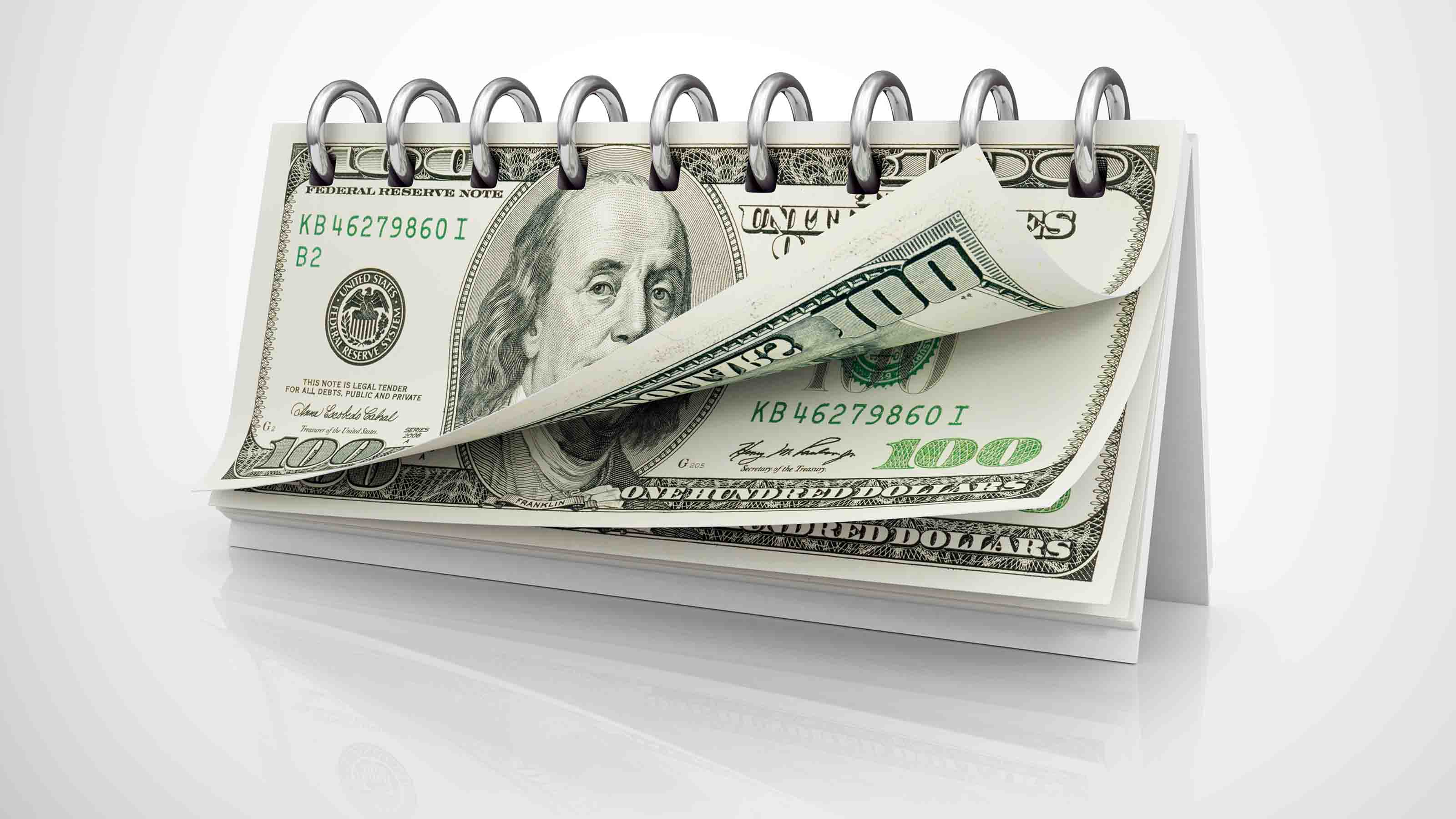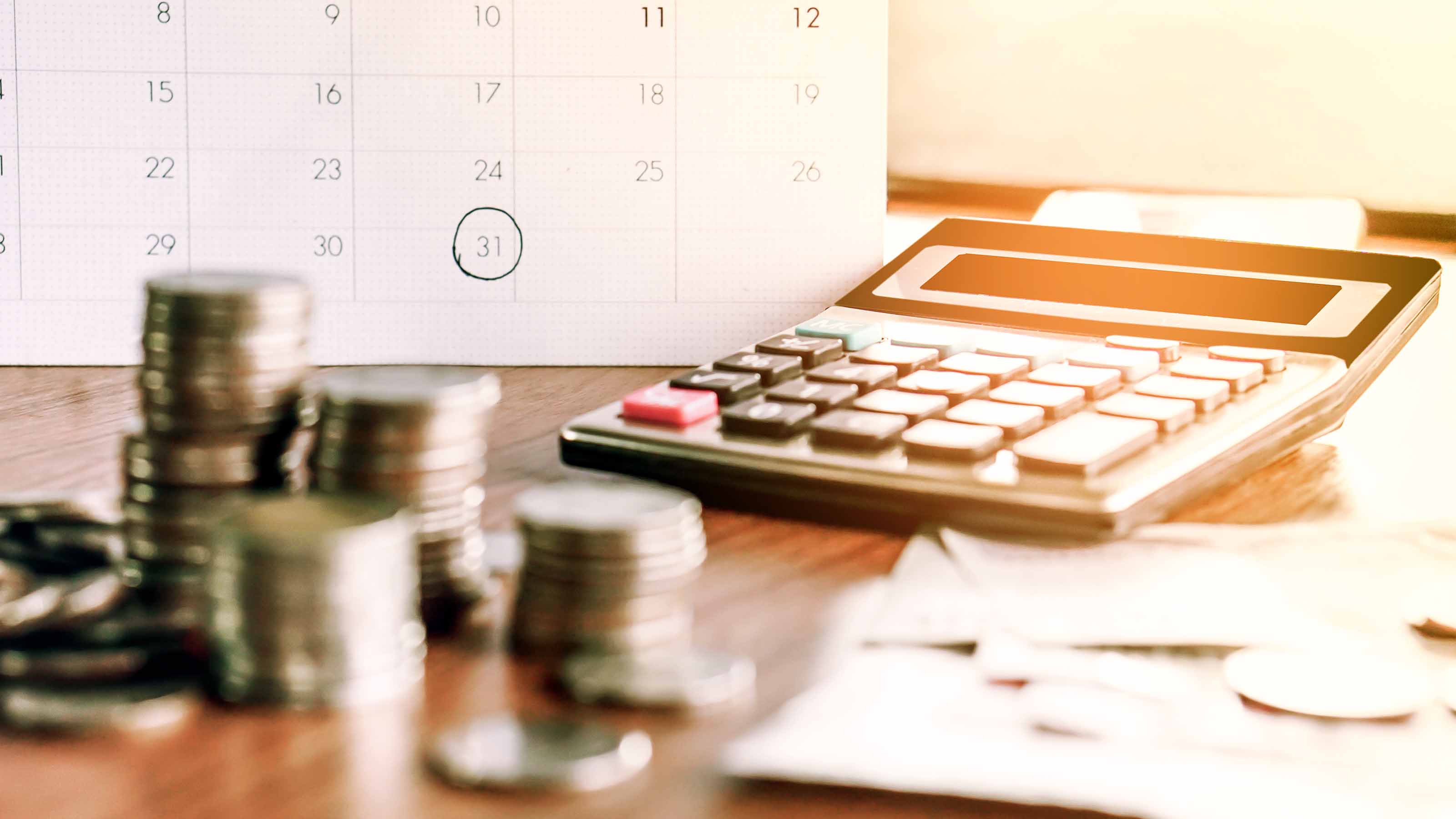Don't Miss the Muni-Bond Sale
Now is a good time to invest in highly rated tax-free bonds.

Municipal bonds are trading at fire-sale prices, frequently yielding better than 5% tax-free. The chasm between tax-exempt yields and those of Treasury bonds widened as February turned to March and strapped hedge funds were selling piles of tax-free bonds to raise cash.
That news nicked most major tax-free bond funds about 1% on February 29 and leveraged closed-end muni funds by 2%. Some scattered individual bonds fell much harder than that. For the month of February, tax-free bonds lost 4.2% on average, their worst monthly performance since 1987. The broad tax-free market recovered a bit on March 3, with many closed-ends regaining the previous trading session's losses by midday.
There's no question that the usually calm municipal bond world is in turmoil. For speculators, especially those in leveraged funds or in the lowest grade of bonds, this isn't good. But if you're in need of tax-free income or just any old kind of bonds for portfolio diversification, and you don't care about the daily market values, there is opportunity in the uproar.

Sign up for Kiplinger’s Free E-Newsletters
Profit and prosper with the best of expert advice on investing, taxes, retirement, personal finance and more - straight to your e-mail.
Profit and prosper with the best of expert advice - straight to your e-mail.
Such brokers as Fidelity and Charles Schwab have plenty of good-quality bonds for sale that cannot be called (redeemed) for five years or more. Many tax-free bonds offer additional security, such as a sinking fund or a stash of Treasury bonds to repay principal.
Some of these bonds carry triple-A ratings by virtue of insurance provided by such private companies as AMBAC or MBIA. But bond insurers are struggling and may not hold on to their top ratings, which would mean that the bonds they insure would lose their triple-A ratings. So it's crucial for individuals to know the mission of a bond's issuer, where the money will come from to pay the interest and principal, and the bond's underlying rating -- that is, what it would be without the insurance.
The best deals in muni bonds today are at the longer end of the yield curve. For example, a state of California general obligation bond (an IOU backed by general tax revenues) due in 2029 and not callable until 2013 traded on March 3 to yield as much as 5.4%. Bond prices and yields move in opposite directions.
California is rated A+, weak for a state. Stronger-rated states' general oblication bonds don't pay as much. But a staggering variety of public-purpose bonds, which are backed by other taxes or the proceeds of essential services, yield considerably more than 5% and are safe.
You can dial up a list of available issues on Fidelity.com's bond marketplace (you don't even have to be a Fidelity customer). Set the parameters by rating, maturity debt and other features.
You'll find hundreds of bonds with excellent yields from well-financed sources. Some are priced to yield more than 5.5%, but these tend to be from business-backed ventures, such as airport authorities, which could be hurt if a major airline tenant goes out of business or closes a hub.
Some awfully sound bonds have also been marked way down. Typical is a Virginia public school construction bond, rated triple-A on its own merits (that is, without benefit of insurance). It cannot be called until 2016 and has sinking-fund protection. It traded March 3 to yield 5.2%. That's the equivalent of nearly 7% from a taxable investment if you're in the 25% federal tax bracket and 8% if you're in the top 35% bracket.
Virginia as a whole is one of America's financially healthiest states, thanks in part to a large federal and military presence. It has been a triple-A-rated issuer for 70 years straight, the nation's longest streak. "We don't have credit-quality issues here," says Billy Walker, a trader on the municipal bond desk at Scott & Stringfellow, a Richmond, Va., securities firm and major underwriter of the state's bonds.
Still, even a high-class security such as that school-construction bond has been wobbly. Early in the week of February 25, the bond traded for 94 to 95 cents on the dollar, already the sign of a weakening market. On March 3, it changed hands for between 88 and 91 cents. (The last trade of the day was 88, but that was a dealer buying from an investor).
This is a substantial move in a short time for a bond from an issuer whose basic financial outlook was no different last week than it was a month ago. It means the bond is selling at a discount of nine to 12 cents per dollar of face value, or 10% to 12% less than what you stand to get back if and when Virginia's school-building authority calls the bond or the debt matures.
No wonder Walker says his order flow is high, with "retail" buyers -- jargon for ordinary people like you and I -- buying eagerly. You'll get similar bullish buy-now sentiments from other municipal bond brokers who cater to individuals.
With such grass-roots enthusiasm, you'd think bond prices would be soaring and, therefore, that yields would be plunging closer to those of Treasuries and certificates of deposit. But they're not, and that's both the problem and the opportunity.
When hedge funds sell billions of dollars of bonds at once, and there aren't enough buyers to absorb them right away, the sheer weight of this trading can overwhelm a rush of $5,000 and $10,000 orders from ordinary Joes -- and Mikes, Melissas and Mindys. Until it's clear that hedge funds and other active traders -- who don't care specifically about Virginia schools or California's budget but only the chance to profit by trading these securities -- are liquid enough so that they don't have to sell good investments to make up for losses on bad ones, we will have nasty experiences of the sort we experienced on Leap Day.
This is happening as investors price in -- with some justification -- the extra risk of scattered state and local budgetary problems. Bond analysts and fund managers have been saying that if the U.S. economy weakens further, some (but not all) governments will need to borrow more to compensate for low tax revenues. That implies higher yields on new and existing bonds as these entities compete to draw investors at the same time rating agencies threaten to lower their ratings.
The word is also circulating that some municipal borrowers that have been rolling over short-term debt as a cash-flow convenience every few weeks will get off that treadmill by floating larger batches of medium-to long-term fixed-rate notes. This would add to the supply of longer-maturity bonds and also push up yields.
But the prospect of somewhat higher yields doesn't mean that you're too early to be a buyer, or that you should think you must snipe like an eBay ace. This is undeniably a good period to be a buy-and-hold investor in tax-free bonds, provided the bonds are rated at least A+ on their own merits (that is, assuming they are not insured) and you can see where the money will come from to pay you interest.
Bonds issued by water systems, pollution-control authorities, toll roads and schools and colleges are low risk. Something like a stadium, by contrast, is not. Nor is a public or charity hospital, with its need to balance free care against paying its debts.
In any case, here's additional evidence that munis are awfully attractive. On March 3, the New York State Thruway Authority, which finances not only the famous toll road but other New York State highways and bridges, floated close to $500 million of new bonds for construction and repairs. John Bryan, chief financial officer for the road system, says that he figured in February that the longest-maturity bonds would be priced to yield in the "high 4s." After the muni market's late-February troubles however, the authority had to go up to 5.25%.
But an unusual thing happened. Normally, Bryan says, about 30% of an authority bond issue is sold to individuals. This time it was 60%. This demonstrates that a 5.25% yield for double-A rated tax-free bonds secured by gasoline taxes and tolls is good enough to get ordinary people to invest and that the market's basically functioning fine. "We're not totally unsatisfied," says Bryan. "It's just the way it turned out to be."
Get Kiplinger Today newsletter — free
Profit and prosper with the best of Kiplinger's advice on investing, taxes, retirement, personal finance and much more. Delivered daily. Enter your email in the box and click Sign Me Up.

-
 10 Major AI Companies You Should Know
10 Major AI Companies You Should KnowThese 10 AI companies are at the forefront of machine learning. Find out how they’re driving innovation and jostling to be the biggest players in the game.
By Tom Taulli Published
-
 How Baby Boomers and Gen Xers Are Redefining Retirement Living
How Baby Boomers and Gen Xers Are Redefining Retirement LivingBoth generations need to embrace change and leverage real estate as a dynamic asset in their retirement planning. Here's how financial advisers can help, too.
By David Conti, CPRC Published
-
 Why Investors Needn't Worry About U.S. Credit Downgrade
Why Investors Needn't Worry About U.S. Credit DowngradeFitch Ratings The United States saw its credit rating downgraded for just the second time in history, but experts aren't worried about the long-term damage to stocks.
By Dan Burrows Published
-
 Income-Investing Picks for a Recession
Income-Investing Picks for a RecessionInvesting for Income Some consequences of an economic downturn work to the benefit of fixed-income investors. Here are three fund ideas that fit the bill.
By Jeffrey R. Kosnett Published
-
 Dogs of the Dow Are 2022's Best in Show
Dogs of the Dow Are 2022's Best in Showdividend stocks Some of the best investments for income investors in a volatile 2022 have come from the Dogs of the Dow.
By Jeffrey R. Kosnett Published
-
 Bond Values in a Volatile Market
Bond Values in a Volatile MarketInvesting for Income While the market's instability may not be over just yet, the latter half of the year should be less daunting – and possibly more rewarding – for investors.
By Jeffrey R. Kosnett Published
-
 Should You Buy Bonds Now? What To Consider
Should You Buy Bonds Now? What To Considerbonds The fixed-income market has been turned on its head in recent years, but there are still opportunities for those looking to buy bonds again.
By James K. Glassman Last updated
-
 Dividend Dates: A Beginner's Guide
Dividend Dates: A Beginner's Guidedividend stocks Everything you need to know about ex-dividend dates, dividend announcements and other parts of the dividend calendar.
By Charles Lewis Sizemore, CFA Published
-
 Income Investors Should Look Beyond the Ukraine Invasion
Income Investors Should Look Beyond the Ukraine Invasionstocks Unless you invested in a Russian-themed ETF or an emerging markets index fund, the destruction of Moscow's capital markets is a distraction for investors.
By Jeffrey R. Kosnett Published
-
 Consider Short-Term Bond Funds
Consider Short-Term Bond FundsInvesting for Income These funds own the kind of stuff that benefits from a healthy economy and can withstand the Fed's rate hikes.
By Jeffrey R. Kosnett Published